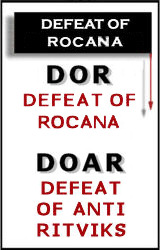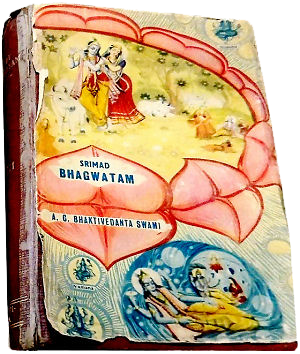We are so imperfect that we may have little knowledge even of our own body. We are eating, but how the eatables are being transformed into secretion, how they are becoming blood, how they are being passed through the heart, and it becomes red, and again diffuse all over the veins, and in this way the body is maintained, we know something, but how the work is going on, how this factory is going on, how the factory, machine, is working, we have very little knowledge. So indirectly we know that “This is my body.” “Indirectly” means we have heard, but we have no direct knowledge. But Krishna, the Supreme, the original of everything, He knows everything.
Lecture Excerpt
by His Divine Grace A. C. Bhaktivedanta Swami Prabhupada
London, August 13, 1971
httpv://youtu.be/Z7xKYNz9AS0
video: Digestive System
Magic: transforming fat into sugar
by Sara Garduno Diaz | University of Leeds
What is going on in there?
Over two thousand years ago, Hippocrates theorized that the body was composed of four fluids or ‘humours’ including blood, phlegm, choler (yellow bile) and black bile (melancholy). Avicenna later suggested in the ninth century that these humours were derived from the process of digestion and so classified them as well as humans and all foods as hot/moist, hot/dry, cold/moist and cold/dry.
Similarly, in ancient China body fluids identified resembled those put forward by Hippocrates. Additionally, the Chinese classified human characteristics, as well as foods, into ‘yin’ and ’yang’.
Indian traditional medicine (ayurveda) categorizes people into three ‘doshas’ or humours with their corresponding characteristics: vata (active and enthusiastic although a worrier), pitta (sharp intellectual, with a tendency to become irritable under stress) and kapha (balanced and conservative).
All of these systems make a reference to the importance of balancing the internal environment of the body and, while their outlook varied, they coincide in the fact that illness was regarded as an imbalance of these components.
Full Article: http://www.leeds.ac.uk/yawya/science-and-nutrition/Magic_transforming%20fat%20into%20sugart.html







Speak Your Mind